Mumbai, the city that never sleeps, has a fast-paced lifestyle, and at the center of it all is the Mumbai local train. This train network has been the city's lifeline, carrying millions of people daily, helping them reach their workplaces, colleges, and homes. As these trains complete a century, it is a perfect time to look back at their journey, how they shaped Mumbai, and what lies ahead.
A Historic Moment: February 3, 1925
A hundred years ago, on February 3, 1925, Mumbai witnessed a groundbreaking event when the first-ever Electric Multiple Unit (EMU) train started running between Victoria Terminus (now Chhatrapati Shivaji Maharaj Terminus, CSMT) and Kurla. The then Governor of Bombay, Sir Leslie Wilson, along with Lady Wilson, arrived at Victoria Terminus in a grand horse-drawn carriage to mark the occasion. At exactly 10:00 AM, the first electric train, with just four coaches, was flagged off from Platform No. 2.
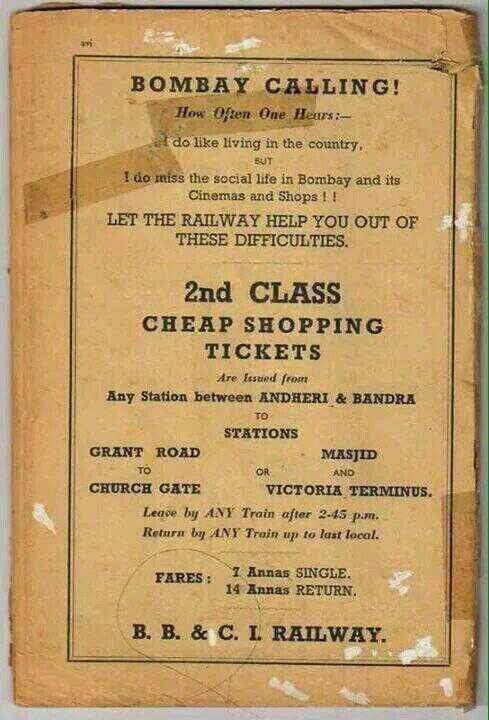
A train ticket
(Source: Wikipedia)
The honor of driving this historic train was given to Jehangir Framji Daruwala, who became India's first motorman for an electric train. This event marked the beginning of a new era in rail transport, making travel faster, more efficient, and less dependent on coal-powered steam engines.
Why Was Electrification Needed?
Before electrification, Mumbai's trains ran on steam engines, which were slow, required frequent refueling, and emitted a lot of smoke. The city's growing population needed a faster and more reliable transport system. Electric trains were the perfect solution because they were cleaner, faster, and more efficient.
The first electric train ran on a 1500 Volts (V) Direct Current (DC) system, covering a distance of 16 kilometers between CSMT and Kurla. This marked India's entry into electric rail transport, making it the 24th country in the world and the third in Asia to adopt this technology.
How Mumbai’s Local Trains Evolved Over Time
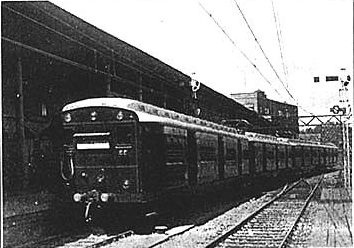
(Source: Wikipedia)
Mumbai’s local trains have constantly evolved to accommodate the city's growing population. Here’s a timeline of major milestones:

These developments helped Mumbai’s suburban rail network handle millions of commuters daily, making it one of the busiest railway systems in the world.
The Lifeline of Mumbai: More Than Just a Train
For the people of Mumbai, the local train is not just a mode of transport, it is a way of life. It brings together people from all walks of life, from office-goers and students to small business owners and daily wage workers. The local trains have created their own unique culture, where commuters form friendships, share food, and even celebrate festivals together.
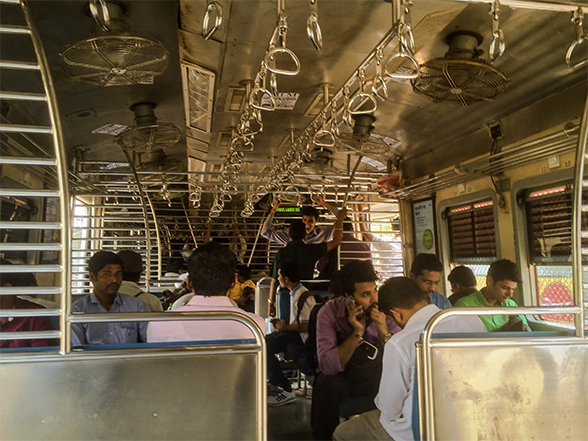
(Source: myindia)
The rush-hour crowd, the hustle to get a seat, and the vendors selling everything from books to snacks—all of these are part of the Mumbai local train experience. Despite the challenges, people still rely on these trains as the fastest and most affordable mode of transport in the city.
Celebrating 100 Years of Mumbai Locals
To mark this historic occasion, Central Railway organized a grand exhibition at CSMT, showcasing the evolution of Mumbai’s suburban trains and the advancements in electric locomotives. The event was a big hit among railway enthusiasts and the general public. People got to see informative display boards, miniature train models, and even a short film narrating the journey of railway electrification.
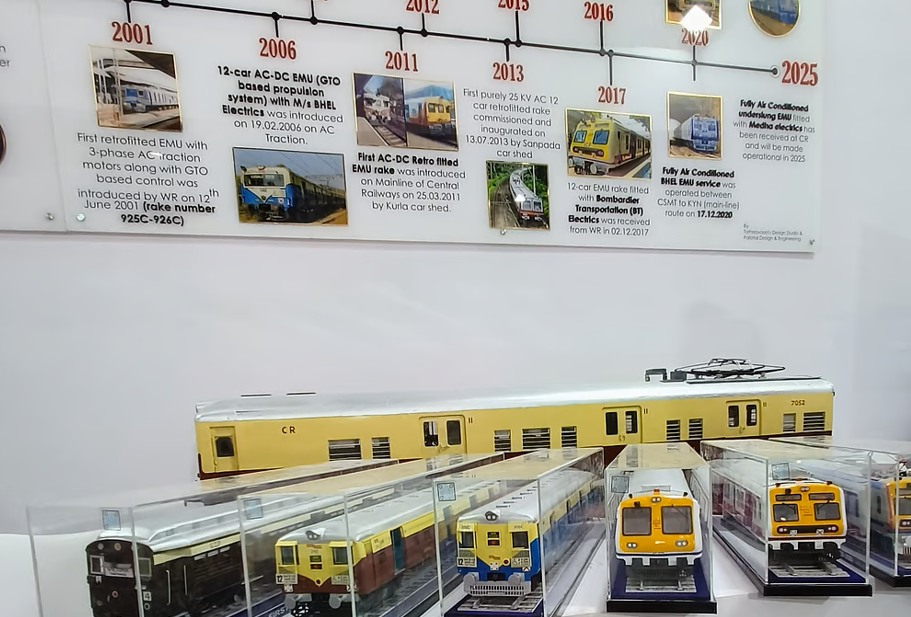
(Source: freepressjournal)
As part of the celebrations, Central Railway’s General Manager, Dharam Veer Meena, led a Walkathon at Marine Drive with over 250 participants proudly chanting, “We are Indian Railways, we completed 100 years!” The event highlighted the crucial role electrification has played in transforming Indian Railways.
The celebrations also included a function at CSMT, where retired railway officers who played a major role in electrification were honored. Experts from companies like Tata Power, Siemens, and Alstom shared insights on railway technology and future advancements.
The Future of Mumbai’s Suburban Railways
As Mumbai enters the next century of electrified rail transport, several projects are in progress to make train travel even better: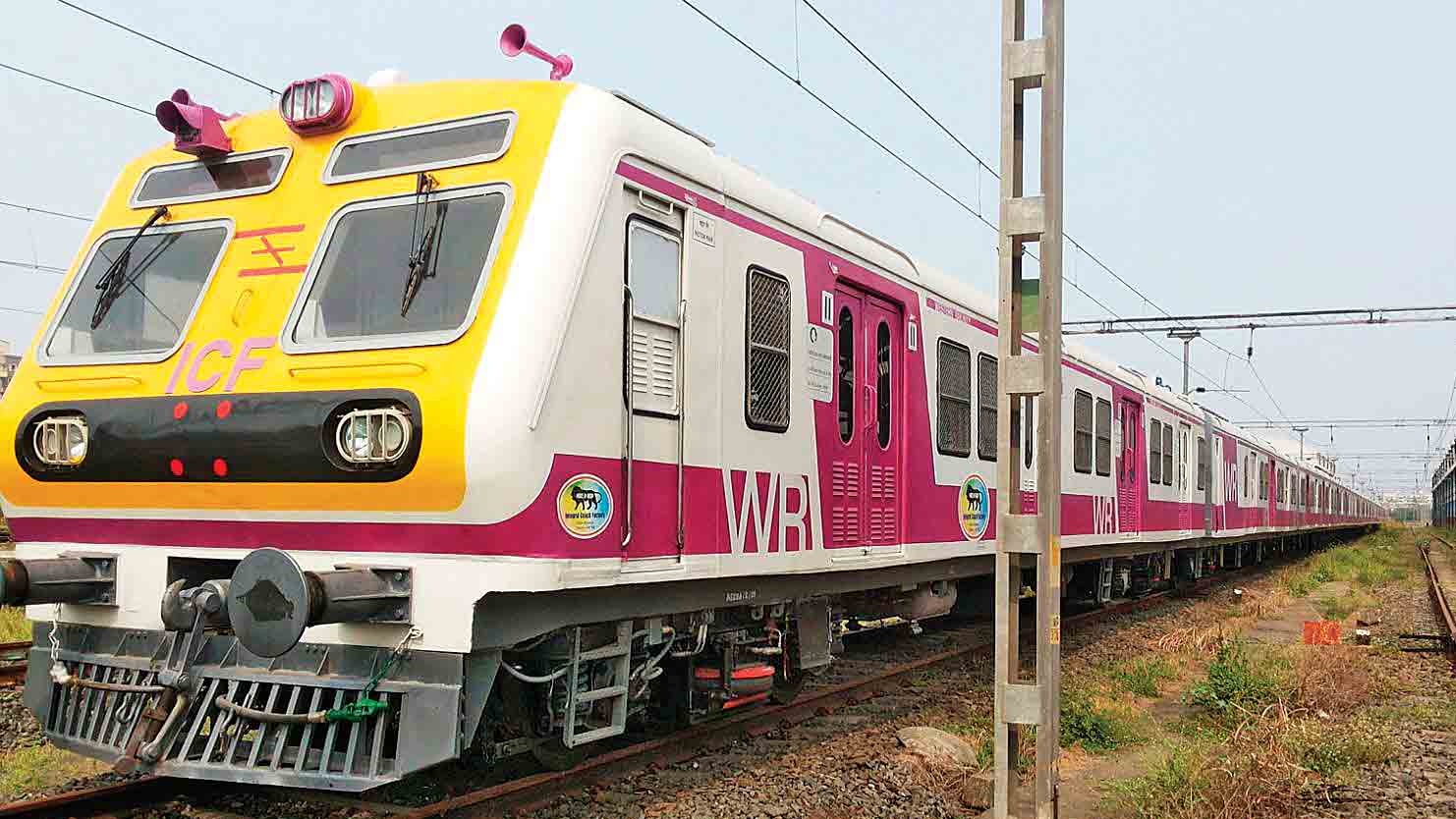
(Source: Wikipedia)
- Introduction of newer, faster, and energy-efficient trains with improved safety and comfort.
- Integration with metro networks for better connectivity.
- Expansion of AC local services for a more comfortable commute.
- Upgrading stations and improving infrastructure to make travel more seamless.
- Using green energy sources like solar and wind power to make railways more eco-friendly.
Speaking at the event, Dharam Veer Meena said, “Today, we stand at a historic moment where we celebrate 100 years of electrification. Central Railway has achieved 100% electrification of its broad-gauge network, and this milestone pushes us towards an even brighter future. We remain committed to improving services, adopting new technologies, and ensuring that Indian Railways continues to be the Lifeline of the Nation.”
From its modest beginnings in 1925 to becoming Mumbai’s most essential mode of transport, the local train has come a long way. As it completes 100 years, it continues to be the heartbeat of the city, carrying millions of people every day and keeping Mumbai moving. The journey of Mumbai’s local train is a true reflection of the city’s unstoppable spirit always moving forward, no matter what.
Image source: Wikipedia

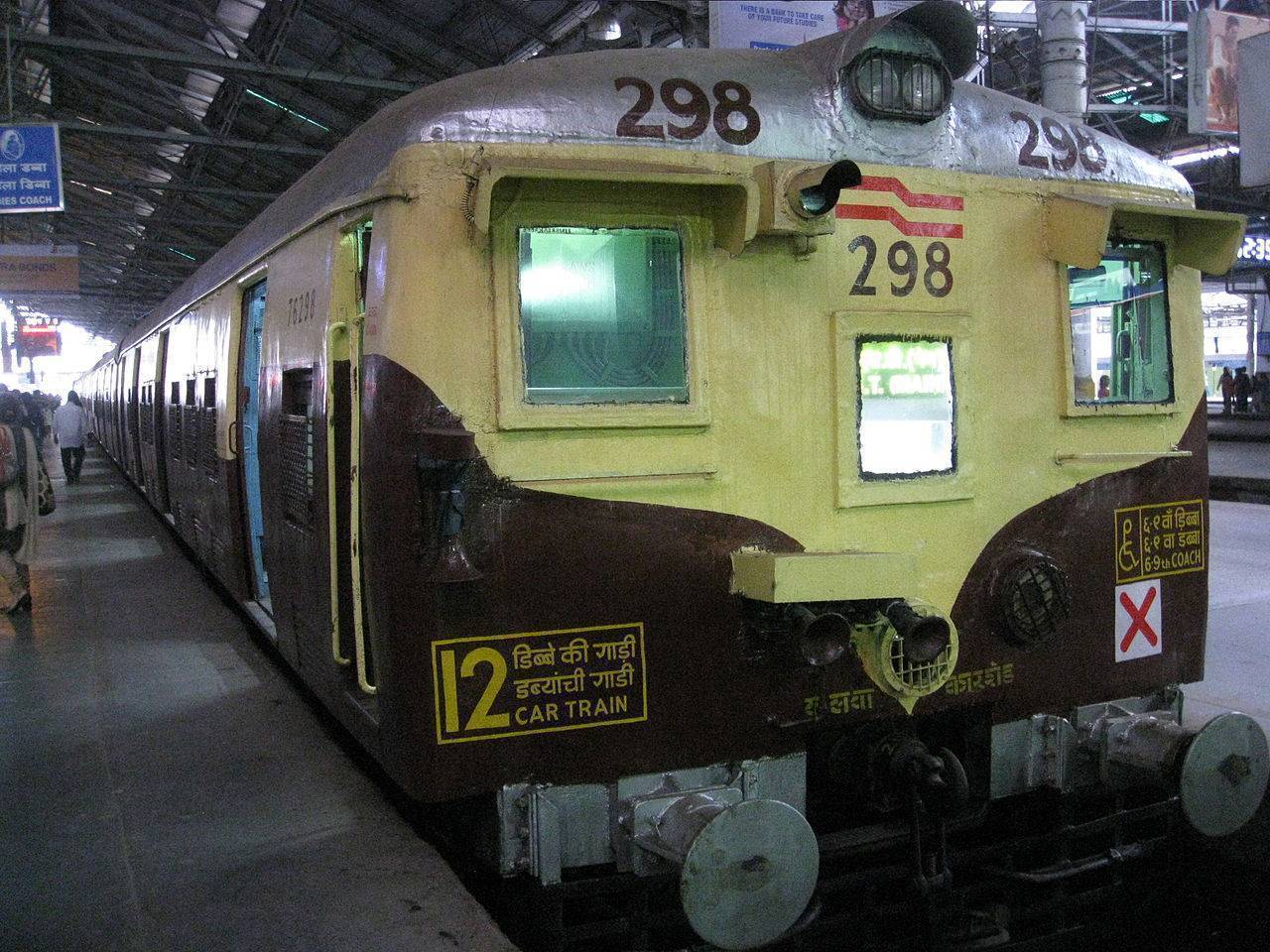
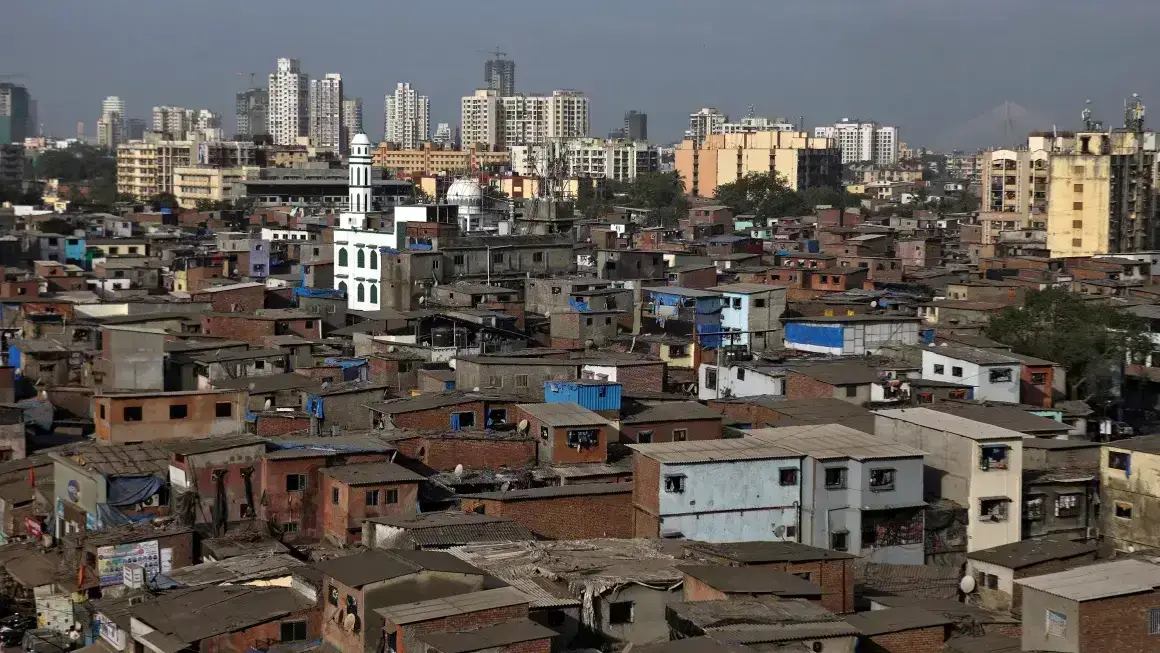


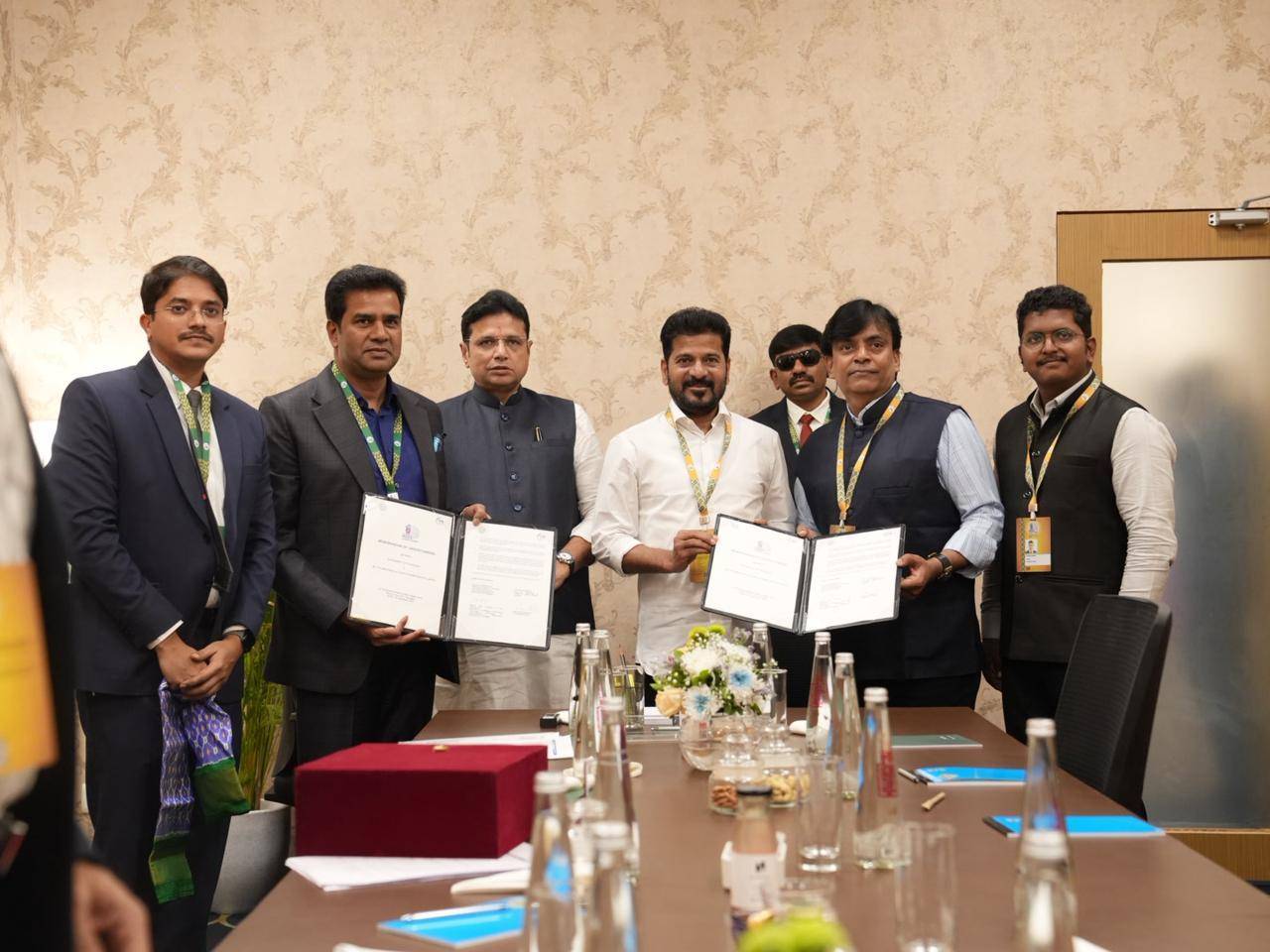
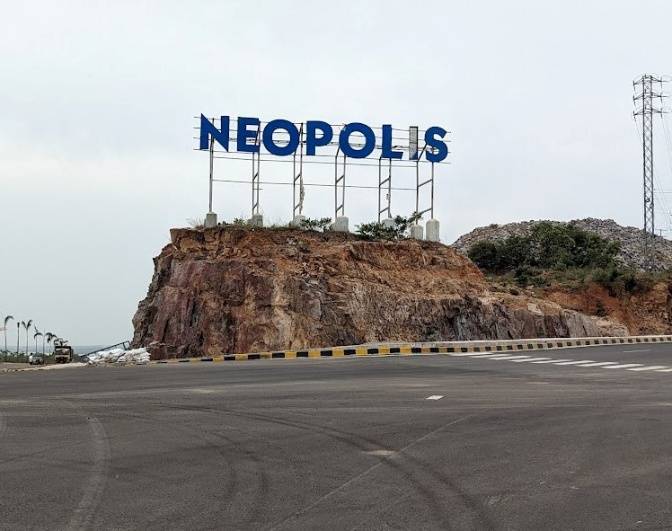

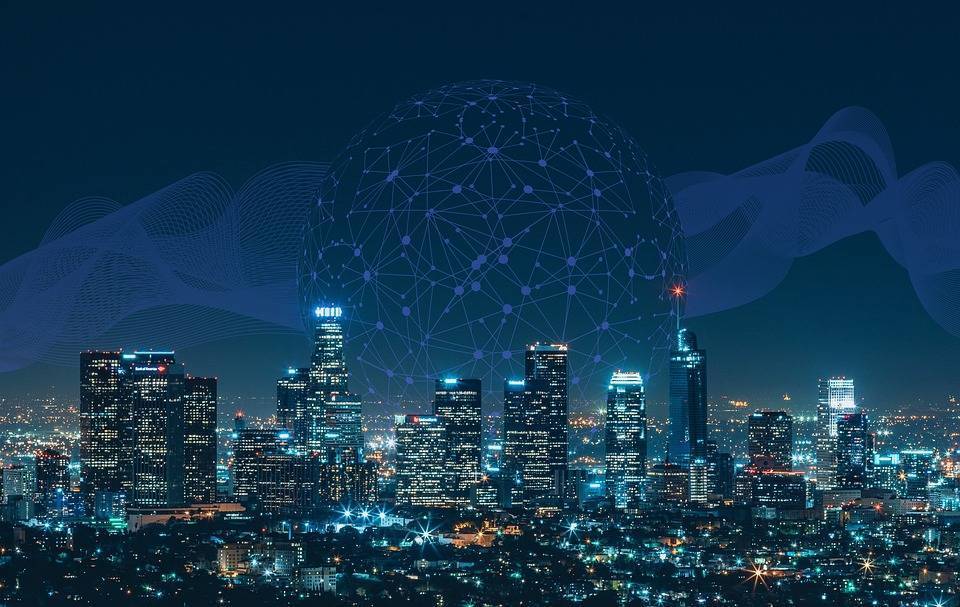
.png)